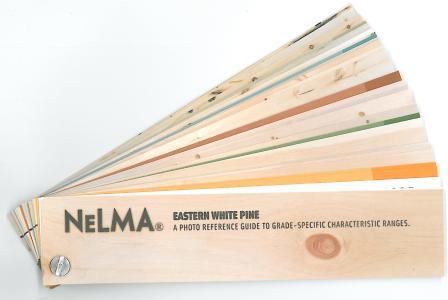Deforestation is putting the Earth in danger. There’s no question that too many trees are being clear-cut around the world, leading to habitat loss and eliminating a vital defense against climate change. Most of that is the result of unregulated or illegal timber harvesting in places like Brazil, Indonesia and the Democratic Republic of Congo, but agricultural activity, pests, climate change-related wildfires and unchecked urbanization play their own roles in the problem. Isn’t the demand for wood products part of it, too?
The short answer is yes – when that demand is being met by wood that’s unsustainably logged in vulnerable forests. According to the Union of Concerned Scientists, wood products contribute to about ten percent of total deforestation – but “because wood is used in so many different ways, the relationship between wood products and deforestation is complicated… while some wood products can be traced back to unsustainable sources, well-managed wood is a renewable resource.”
Let’s back up for a minute. Prior to the arrival of European-Americans, about half of what is now known as the continental United States consisted of forest. From about 1620 to the dawn of the 20th century, millions of acres of forests were cleared to cultivate land and build structures. But initiatives to preserve forests, including reverting abandoned farm lands and developing sustainable forestry standards, have made a big impact.
We now have roughly two-thirds the amount of trees we had in the year 1600, and most of those gains have been concentrated along the Eastern coast, where the majority of the losses occurred in the first place. In fact, average wood-per-acre volumes have almost doubled since the 1950s. The United States has more trees today than we had 100 years ago (and a global study even found that the number of trees on Earth is around 3.04 trillion, a much higher number than previously believed.)
The United States is the world’s largest consumer (and second largest producer, after Canada) of forest products. While wood was once harvested mostly from federal lands, a shift to private lands has helped preserve vast areas of forest for public benefit while also encouraging landowners to keep forests intact. Responsible logging practices ensure that forests managed for the production of wood products contribute to healthy ecosystems while maintaining a steady supply.
A 2017 report shows that increasing demand for forest products leads to the expansion of forests, and encourages forest owners to boost their efficiency and productivity. The report also notes that urbanization, not demand for wood products, is the biggest threat to forests in the United States.
The number of timberland acres has remained stable, increasing by about 3 percent. At the same time, total inventory has doubled (+108 percent, from 142.1 to 296.1 billion cubic feet) because growth has outpaced removals.
Unsustainable forestry methods like plantations replace natural forests with a single tree species and cut trees after just six to 25 years of growth, leaving forest owners with limited options for future harvests – but sustainable timber grown in mixed-species forests are allowed to grow much longer, helping to preserve biodiversity while also storing carbon.
In the U.S., the Lacey Act has vastly reduced illegal imports of unsustainable wood, and consumers, builders and contractors can help by choosing wood products that have been sustainably grown and harvested domestically. Look for wood that’s certified to the Sustainable Forestry Initiative Forest Management Standard, which bears the SFI label.
Working forests provide homes for wildlife, support rural families, help mitigate climate change and provide a renewable natural resource that’s a lot more environmentally friendly to produce, refine and recycle than materials like steel and concrete.
Experts agree that high priority forest areas need better protection in the form of policies, monitoring and enforcement. As the Union for Concerned Scientists’ Planting for the Future report states, innovative forest management practices reinforced by effective policy and consumer awareness can meet rising demand for this beautiful and valuable material while also conserving forests. That’s a win-win situation, but we need more foresters to get on board with greener practices. Has your view of wood consumption changed along with advances in sustainable forestry?
Check out how information technology and DNA testing are boosting sustainable forestry, and learn more about why small, sustainably managed forests are crucial for the future of our planet.
Top image via the U.S. Department of Agriculture


